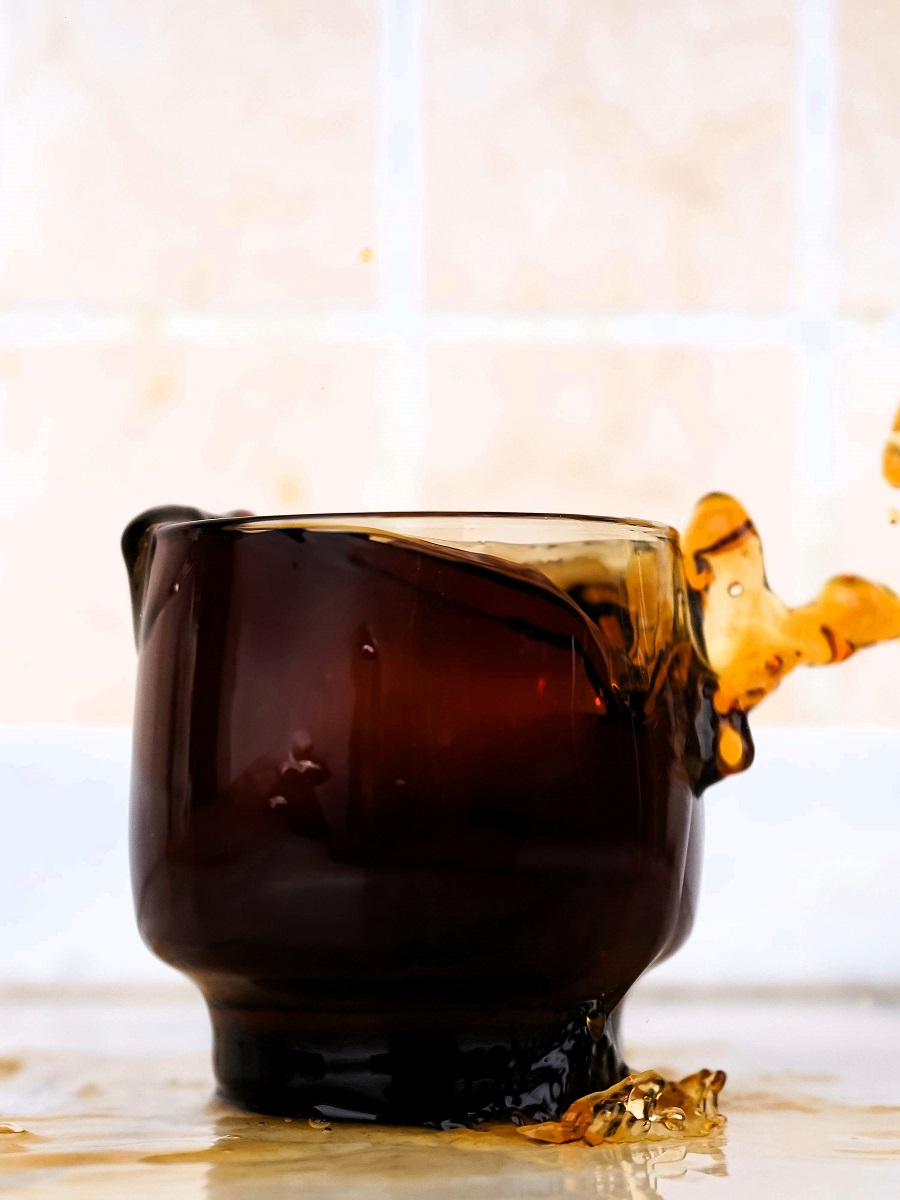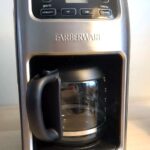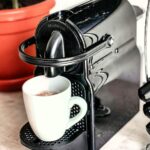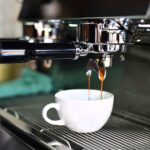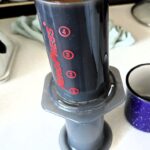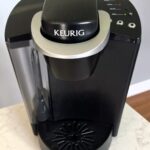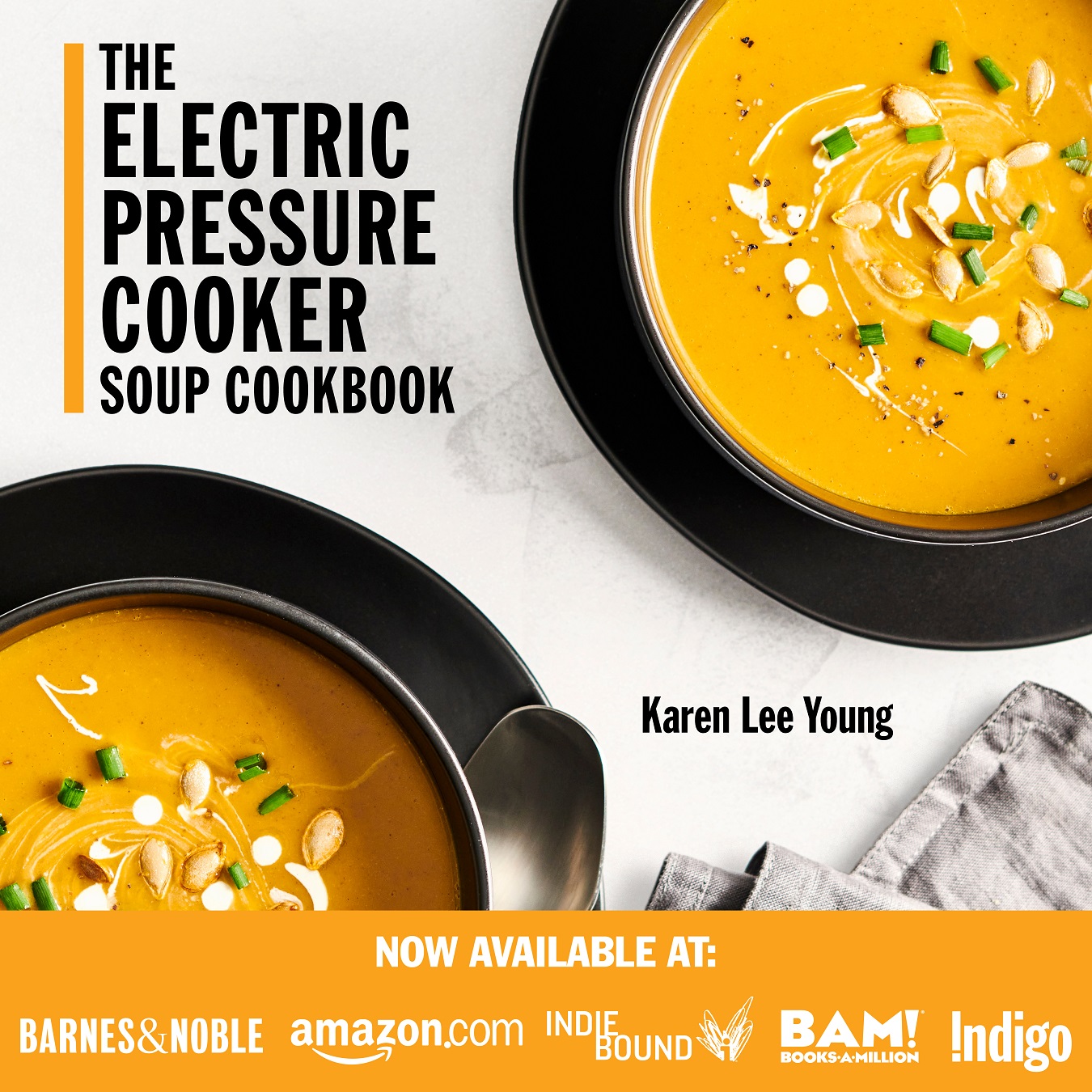Last Updated on February 9, 2025 by Karen
Is your Cuisinart coffee maker overflowing? Discover common causes like excessive coffee grounds, clogged filters, and mineral buildup. Learn step-by-step troubleshooting tips and preventive measures to fix the issue and brew the perfect cup every time.
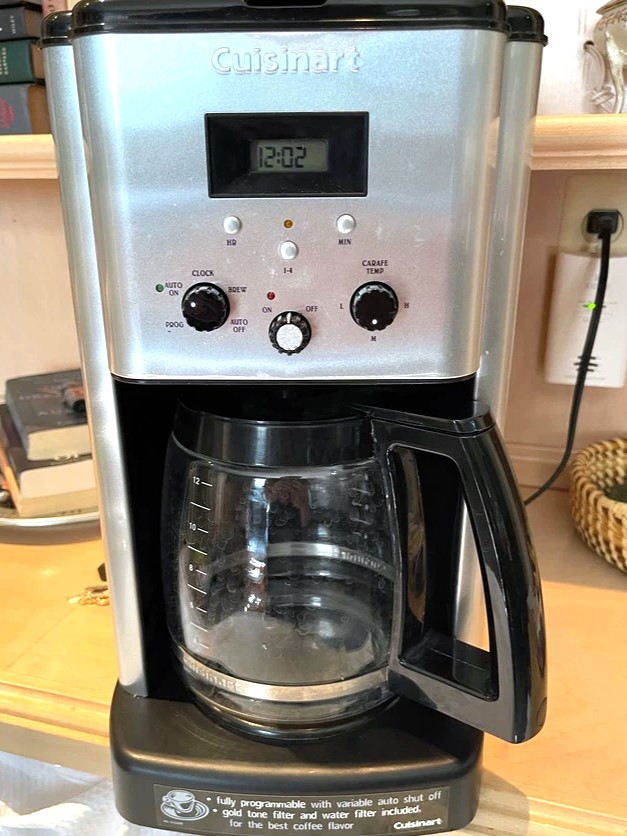
As a coffee lover, few things are as frustrating as an overflowing coffee maker. Not only does it make a mess, but it can also ruin your morning routine when you are needing that cup of hot coffee to start the day. If you’re using a Cuisinart drip coffee maker and facing overflow problems, you’re not alone. Overflowing is one of the common problems many coffee drinkers encounter, but the good thing is that it’s often easy to resolve.
By troubleshooting the root causes and making a few adjustments, you can enjoy a perfectly brewed cup of coffee every time. Whether you’re making a single-serve coffee with your best single-serve coffee maker or brewing a full carafe, understanding the potential problems and taking preventive measures can go a long way in avoiding an overflow.
In this post, we’ll dive into the main causes of overflow, the best ways to resolve them, and how regular maintenance can improve your coffee maker’s performance.

Common Issue of Overflow in Cuisinart Coffee Makers
Several issues could cause your Cuisinart coffee maker to overflow during the brewing process. Understanding these common causes will help you troubleshoot effectively and get back to brewing the perfect cup of coffee. Let’s take a look at the most likely culprits:
Excessive Amounts of Coffee Grounds: One of the most common reasons for overflow is using too much coffee grounds in the filter basket. Whether you’re grinding your own beans or using pre-ground coffee, adding excessive amounts of ground coffee for a stronger brew can clog the filter, preventing the water from flowing through properly. This not only causes overflow but can also result in weak coffee or a bitter taste. To prevent this, use the recommended maximum amount of coffee grounds for your Cuisinart grind size and always check the manufacturer’s guidelines for the best coffee-to-water ratio.
Too Much Water: Overflow problem can also occur if you add too much water to the water reservoir. It’s tempting to fill the reservoir to its maximum capacity for a full pot, but this can easily lead to spillage during the brewing cycle. Always make sure the water level is within the recommended limits for your model. For smaller batches, simply add less water to avoid overflow.
Clogged Coffee Filter or Brew Basket: A clogged or improperly positioned coffee filter can block the water from flowing through the coffee grounds, causing an overflow. If the filter basket is not set properly, or if the filter collapses, water may back up and overflow out of the coffee pot. It’s important to use the right coffee filter — whether a paper filter, cone-shaped filter, or permanent filter — that fits your coffee maker. If you’re using a permanent filter, ensure it’s cleaned regularly to prevent coffee oils from building up.
Mineral Buildup: Over time, mineral deposits from hard water can accumulate inside the water hoses, heating element, and brew basket, impeding water flow. This is a common problem for coffee makers, especially those with built-in water filters. Mineral buildup can also affect the water temperature, which impacts the brewing cycle. If you’ve noticed that your coffee has a metallic taste, it could be due to mineral deposits. Cleaning your coffee maker with white vinegar and hot water is a simple reset that can eliminate these deposits and restore your machine’s performance.
Incorrect Grind Size: The grind size of your coffee plays a critical role in how water flows through the coffee grounds. Using overly fine coffee grounds can clog the filter, resulting in an overflow, while coarser grounds tend to allow water to flow more freely. The best practice is to use a grind size that matches your Cuisinart coffee maker’s brewing process, typically a medium grind for drip coffee makers.
Coffee Filter Overflow: If your coffee filter is too small or doesn’t fit the brew basket properly, the water may not filter correctly, leading to an overflow. This issue is common with disposable paper filters, so it’s important to ensure you’re using the correct size filter for your coffee maker. A poorly placed filter can also collapse, affecting water flow and causing spills.
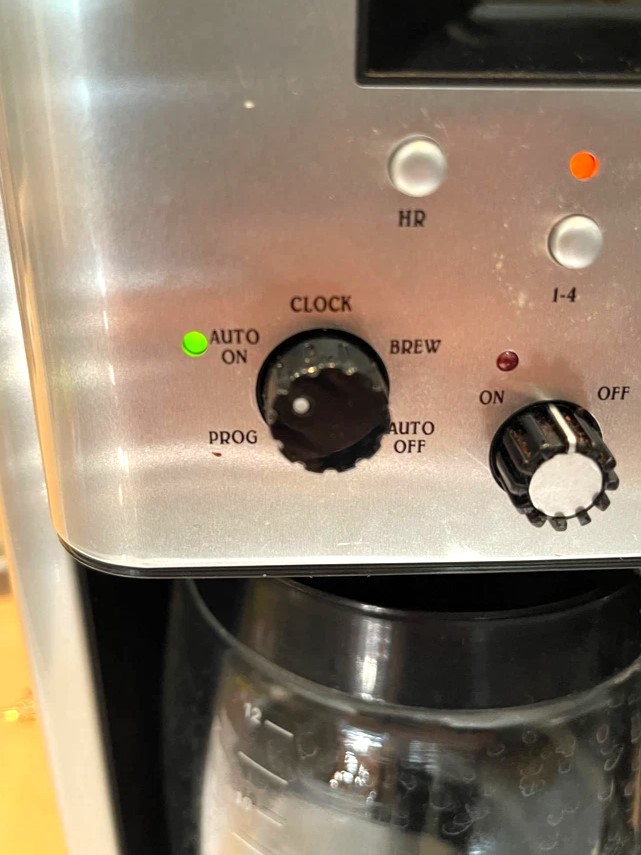
Step-by-Step Troubleshooting Guide When Your Cuisinart Coffee Maker Has an Overflow Problem
If your Cuisinart coffee maker is overflowing, follow these simple steps to troubleshoot and get it back to brewing at its best:
Check the Water Reservoir: First thing you want to do is to ensure you haven’t overfilled the water reservoir. If you’re brewing a larger amount of coffee, make sure to measure the water carefully. Exceeding the maximum water level will cause an overflow, and it’s best to avoid using excessive amounts of water.
Examine the Coffee Grounds: If you’ve added too many coffee grounds, the coffee filter may become blocked. This can prevent water from passing through, causing overflow. Be mindful of the coffee-to-water ratio. Use smaller amounts of ground coffee if needed. Avoid excessive grounds in the brew basket for optimal brewing.
Inspect the Coffee Filter: Check that the filter is correctly placed in the brew basket. A collapsed or misplaced filter can block water flow, causing it to spill over. Regularly clean your permanent filter if you use one, and avoid overusing it, as this can lead to buildup of coffee oils.
Descale the Coffee Maker: Mineral deposits can accumulate in the coffee maker over time, especially if you’ve been using hard water. This can block the water flow and lead to overflow. To remove mineral buildup, run a cycle with white vinegar and hot water, followed by a few cycles of fresh water to rinse. This will help maintain water temperature and ensure proper flow through the machine.
Use Fresh Water: If you’re using cold or hard water, it can lead to inconsistent brewing and potential overflow. Switch to filtered water or use the built-in water filters if your Cuisinart coffee maker has one. Fresh, clean water will prevent mineral buildup and improve the flavor of your coffee.
Check the Piercing Needles: Cuisinart coffee makers have piercing needles that puncture the coffee filter to allow water to flow through. Over time, these needles may become clogged with coffee grounds so it is definitely something worth checking. The best way is to use a piece of paper towel to gently clean the needles and make sure they’re not blocked.

Preventive Measures
To ensure your coffee maker continues to perform at its best and to avoid overflow in the future, consider the following preventive measures:
Regular Cleaning: Clean your coffee maker after every use to remove any residual coffee oils or debris. This will prevent clogging and keep your coffee tasting fresh.
Routine Descaling: Descale your coffee maker every few months to remove mineral buildup, especially if you use hard water.
Proper Filter Use: Always use the correct coffee filter size and replace it regularly. Paper filters should be disposed of after each use, while permanent filters should be cleaned frequently to prevent clogs.
Optimal Coffee-to-Water Ratio: Avoid using excessive amounts of coffee grounds. Stick to the recommended ratio for the best results.
Maintenance Checks: Periodically inspect the power cord, water reservoir, and brew basket for any damage. A damaged power cord or damaged water hoses can cause performance issues.
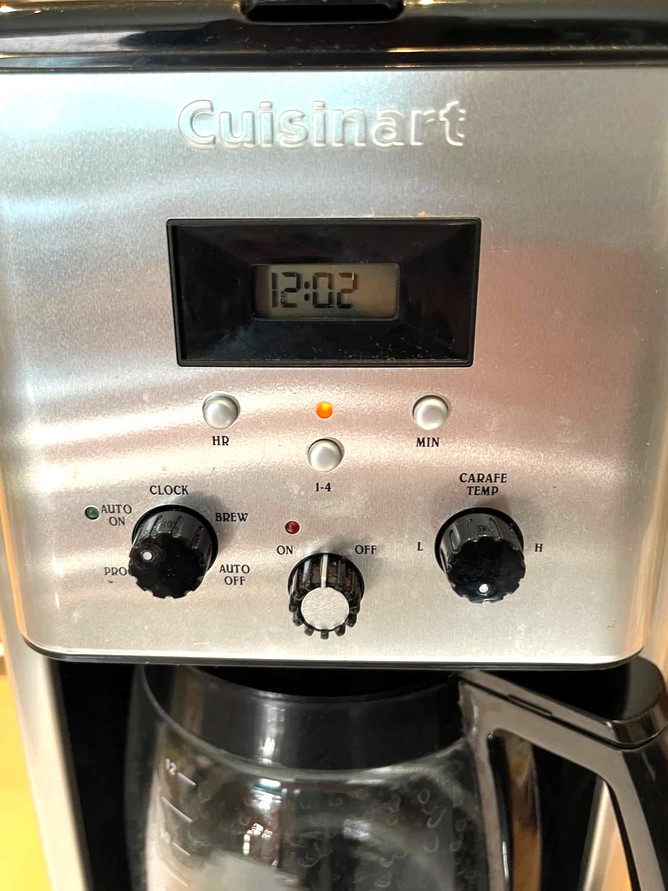
When to Seek Professional Help
If you’ve followed all the troubleshooting steps and still experience overflow issues, there may be an underlying problem with the heating element or a more complex issue with the coffee maker’s internal components. At this point, it’s worth reaching out to Cuisinart customer support. They can provide you with troubleshooting tips and, if necessary, direct you to authorized service centers for repairs.
Overflow issues in your Cuisinart coffee maker don’t have to be a constant frustration. By identifying the common causes — such as excessive coffee grounds, too much water, clogged filters, and mineral deposits — and following the troubleshooting steps outlined above, you can restore your coffee maker to optimal performance. Regular maintenance, careful attention to water levels and coffee grounds, and using the right filter size will help you enjoy a perfect cup of coffee without the mess.
Whether you’re brewing a full carafe for family or using a single-serve coffee machine for yourself, these simple steps will ensure you never deal with coffee filter overflow again. Happy brewing!

